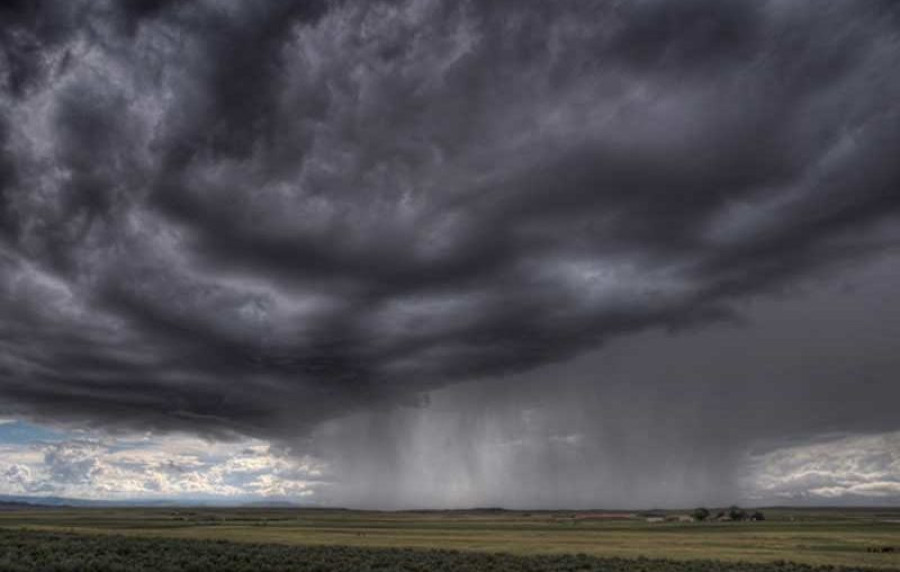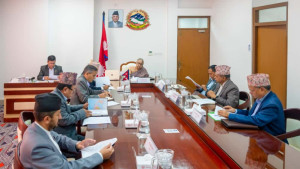Interviews
Nepal’s preparedness to mitigate cloudburst effects is below average: Upadhyay
There is prediction for cloudburst in different parts of the country. TKP online talked about cloudburst phenomenon with watershed practitioner and climate change expert Madhukar Upadhya.
Heavy rainfall since Friday has killed scores of people throughout the country. Torrential rainfall has caused floods in different districts of eastern Nepal to western Nepal. The country is likely to witness more rainfall in the coming days leading to extreme weather events, as Department of Hydrology and Meteorology (DOHM) has predicted. There is also a prediction for cloudburst in different parts of the country. TKP online talked about cloudburst phenomenon with watershed practitioner and climate change expert Madhukar Upadhyay.
What is a called cloudburst? How does it occur?
It is a high-intensity rain concentrated in an area. There are fixed areas where cloud bursts occur. It happens due to sudden low pressure. If you noticed the cloud distribution yesterday, it was mainly in three pockets east, centre, and west. Maximum rainfall recorded so far in Nepal is 540 mm in 24 hours in cloud burst of 1993 in central Nepal.
How often does this happen? Is it very common or a rare phenomenon?
It is not very rare. We can expect it every few years, however the location may change.
How dangerous can it be?
It is generally dangerous as you get very high rain in a short period causing slope failure, debris flow and high floods. It is different than continuous rain for few days which can cause slope failure and floods but not as widespread.
DOHM has also predicted the possibility of cloudburst in different parts. How dangerous can it be for our country where disaster preparedness is not very satisfactory?
Cloudburst at a time when the ground is saturated can lead to heavy debris flow. Our preparedness is below average. Damage to lives and infrastructures are usually high.
What should the authority and local community do in the post-cloudburst situation?
Post event is same as other disasters - rehabilitation and reconstruction. But preparedness before the disaster is important because the locations of cloudbursts are usually known.
In the areas where cloudbursts are recurrent, natural waterways must always be kept open and building infrastructures should avoid flood plains. Make sure the drainage channels are not congested.




 16.12°C Kathmandu
16.12°C Kathmandu











